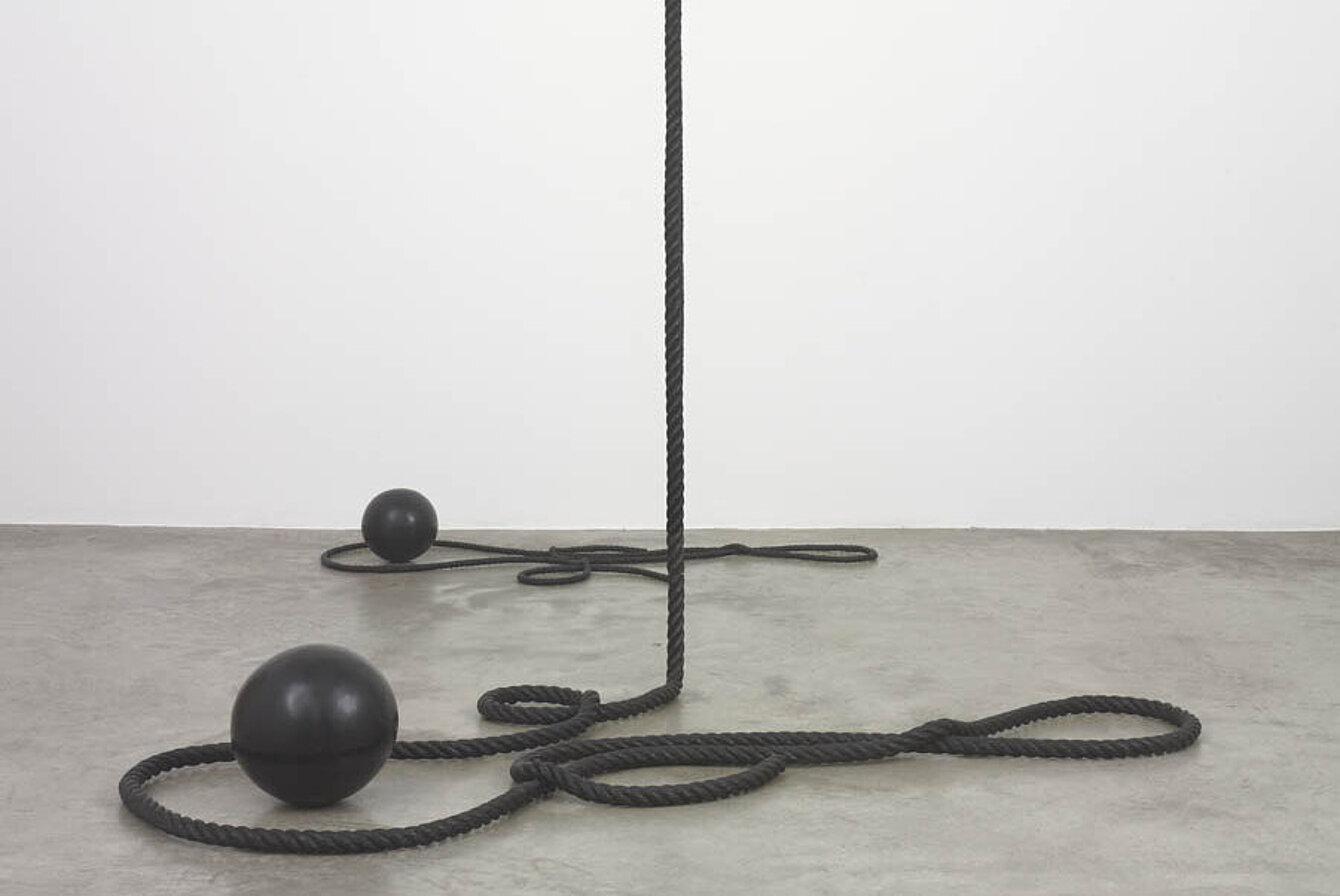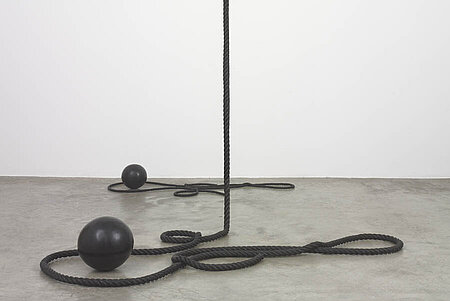Trouvé (born 1968 in Cosenza, Italy, now living and working in Paris), Awarded the prestigious Prix Ricard (2001) and Prix Marcel Duchamp (2007), has participated in numerous exhibitions all over the world, including the Venice Biennale (2005), Centre Georges Pompidou, Paris (2008), Manifesta7 (2008), and most recently, Migros Museum für Gegenwartskunst, Zürich (2009). Her work (mainly large scale installations, sculptures and drawings) defines what the artist herself articulates as “ways of world-making and ways of being in the world.”
Tatiana Trouvé with her monumental installation Il Grande Ritratto, conceived especially for the Kunsthaus Graz, will convert the lower level of the Kunsthaus (Space02) into a truly subjective realm: an inner post-apocalyptic landscape with spatial autonomy and strength, inspired by a science-fiction novel, Il grande ritratto (1960) by the Italian master of literary neo-avant-garde, Dino Buzzati, an uncanny story of science and love, fiction and reality, secrecy and dreams, an assemblage of desire, space and utopia. Buzzati’s oeuvre which oscillates between magic realism and social alienation sets up a context for Trouvé’s radical elaborations of space and time that in effect turn the viewers’ journey through space into less a physical than rather a psychological experience. Her Il Grande Ritratto concentrates on creating a space of blurred boundaries between the inside and the outside: by an almost delirious act of spatial reconfiguration, the artist deconstructs the space, saturating, condensing and “decelerating” it. The installation carries performative and participatory qualities: while walking through the space, the viewer morphs into the landscape which disrupts the autonomy of the museum’s space and imposes its own spatial and temporal grammar with small gardens of rocks and plants, a proliferation of columns that generate a different spatial rhythm, cables running through the air, surreal working spaces and bizarre automatic elevators… Trouvé’s is a sort of anti-space: an alternative environment where all regular spatial and temporal coordinates are either negated or suspended: the sculptures act as the prothesis of the building and some objects are set in a state of levitation, partly stopped in their movements or challenged by the artist’s own treatment of scale and perspective. Il Grande Ritratto is, however, far from a portrait of chaos: on the contrary, it is an “image” of precision and formal unity that aims at generating a new and refreshing sense of space’s perception and comprehension.





















